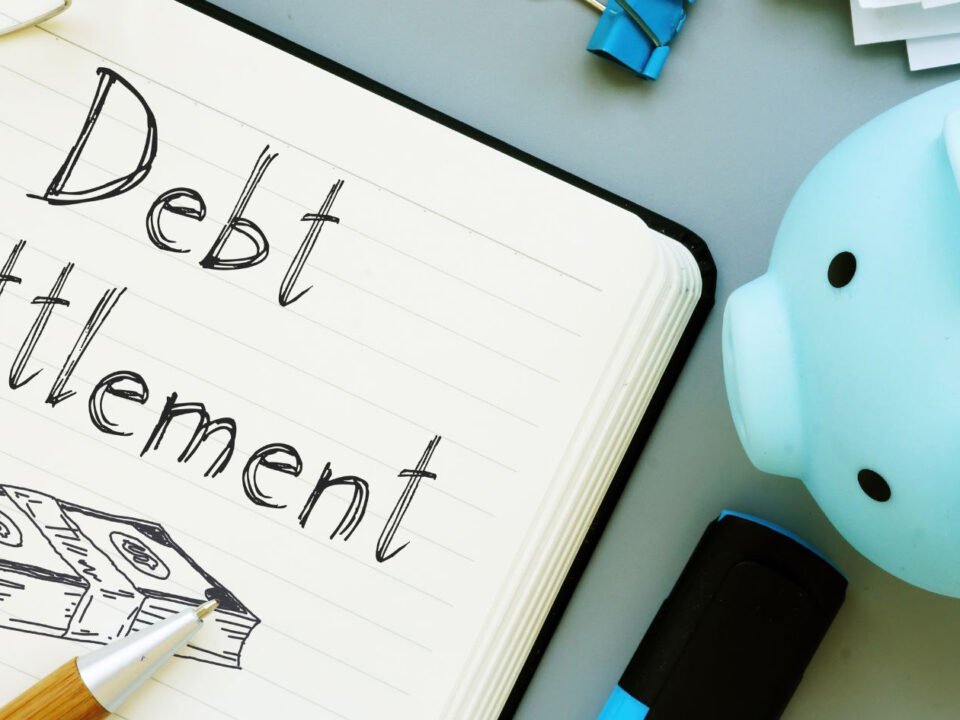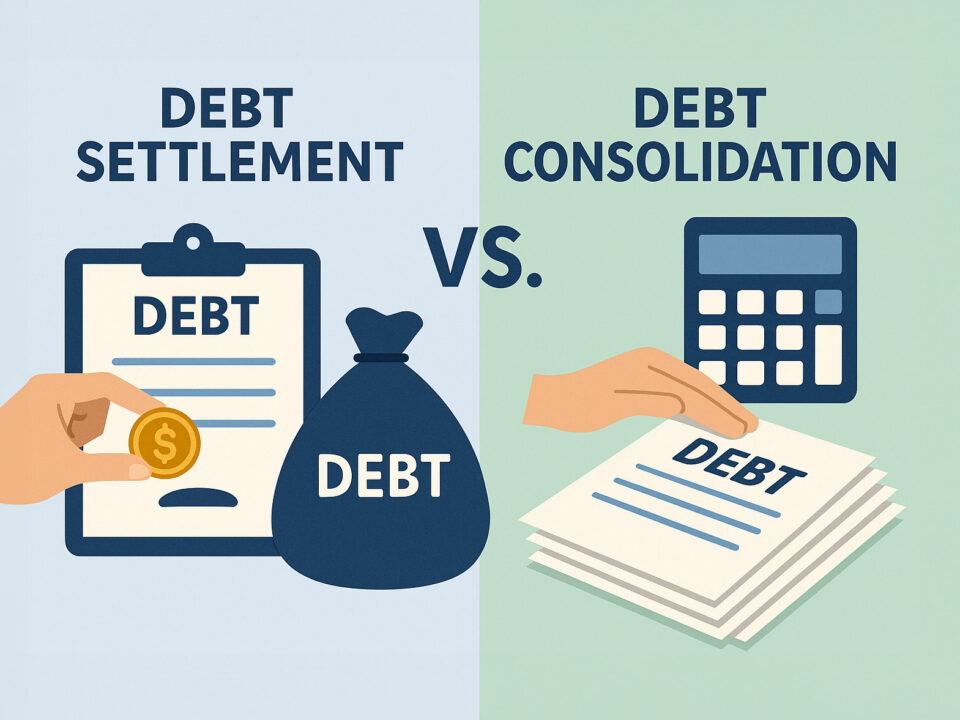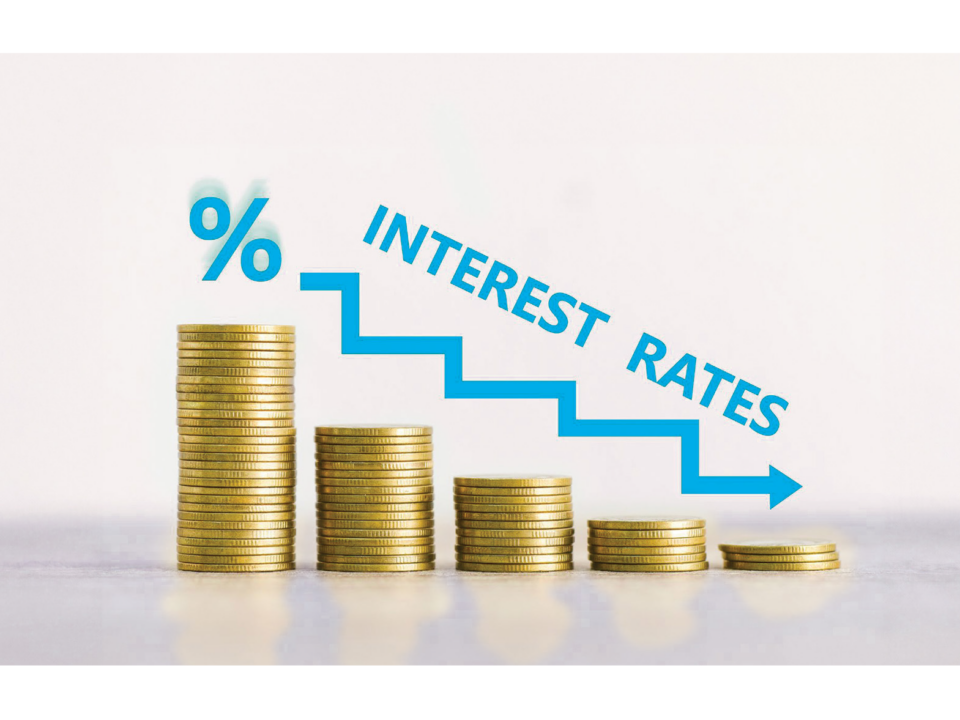
Knowing your credit card interest rates is an essential part of personal finance.
Good interest rates can make borrowing money a huge asset. Unfavorable ones could get you in a whole heap of trouble if you aren’t careful.
Here are some ways to take control of your interest rate strategies to keep your financial situation in a good place.
Debt Consolidation
Have multiple credit cards, all with various rates of credit card interest?
You might be able to save yourself a lot of money by combining them all together. Many people who consolidate credit card debt save thousands on interest and pay down their balance quicker.
The service lenders offer is simple: take your 6, 7, or 10 credit cards down to one lump sum. They pay off all your high-balance interest rates and lock you into a lower overall payment.
Not only will it save you money on interest, but it could lower your monthly payment, too.
HELOC
A home equity line of credit is one way borrowers get their credit card debt under control. (Unfortunately, many Americans have more debt than savings.)
If you’ve built up equity in your home, you can borrow against the home to pay down your balances.
In the long run, this could save you thousands on interest payments. HELOCs tend to offer favorable interest rates, especially to customers who already borrow through the bank or company.
Cash-Out Refinance
If you’re a homeowner—meaning you’ve paid off your home completely—you might be able to wipe out that credit card interest with this option.
Cash-out refinancing means the borrower takes out a loan against their owned property. That money gets used to pay off the higher interest rate options. Then you simply pay back what you owe over time.
Transfer Balance
Some credit card companies offer favorable transfer balance options. In this circumstance, you take the amount owed on the other credit card and roll it directly into a new line of credit.
If this option seems like it’s good for you, shop around. Many lenders offer 0 percent (or at least very low) financing options for the first 12 months.
You might be able to pay off the balance or at least reduce it significantly in that window. At the very least, the money you do pay will go to the principal and not strictly towards paying off interest.
Debt Avalanche
Sometimes, having a low credit score can make it hard for these options to work out. In this case, the debt avalanche is a popular method borrowers use to wipe out their credit card balances.
Line your credit cards up from lowest interest rate to highest. Pay the minimums on all the cards other than the top account on the list. (For example, if you have a card with 22 percent interest, that might be first.)
Ignore the balances for now and focus on interest. As you pay off accounts, move down the list until you get all the way through!
What Are My Interest Rate Options?
You have plenty of interest rate options if you’re wondering how to get out of debt or improve your financial situation.
The key is to look at all the choices and see what’s right for you. If you own property, for example, that could be an asset you use to pay off the debt.
In the end, lowering that interest rate could save you thousands of dollars!
Contact us today to learn more about your financing and refinancing options.

Michael is the Chief Revenue Officer and co-founder of Prudent Financial Solutions. Michael’s career in the FinTech space began in 2015 as a Financial Consultant at Strategic Financial Solutions. Michael quickly became a top producer in the organization. He served as a member of the internal advisory board that helped streamline processes and drive organizational change. He later joined Premium Merchant Funding, an alternative lending firm that specialized in small and medium business financing. Michael served as Managing Director of G&G Funding, where he managed a full sales team and was responsible for driving revenue. Michael graduated from Providence College with a Bachelors of Science in Finance and Accounting.





